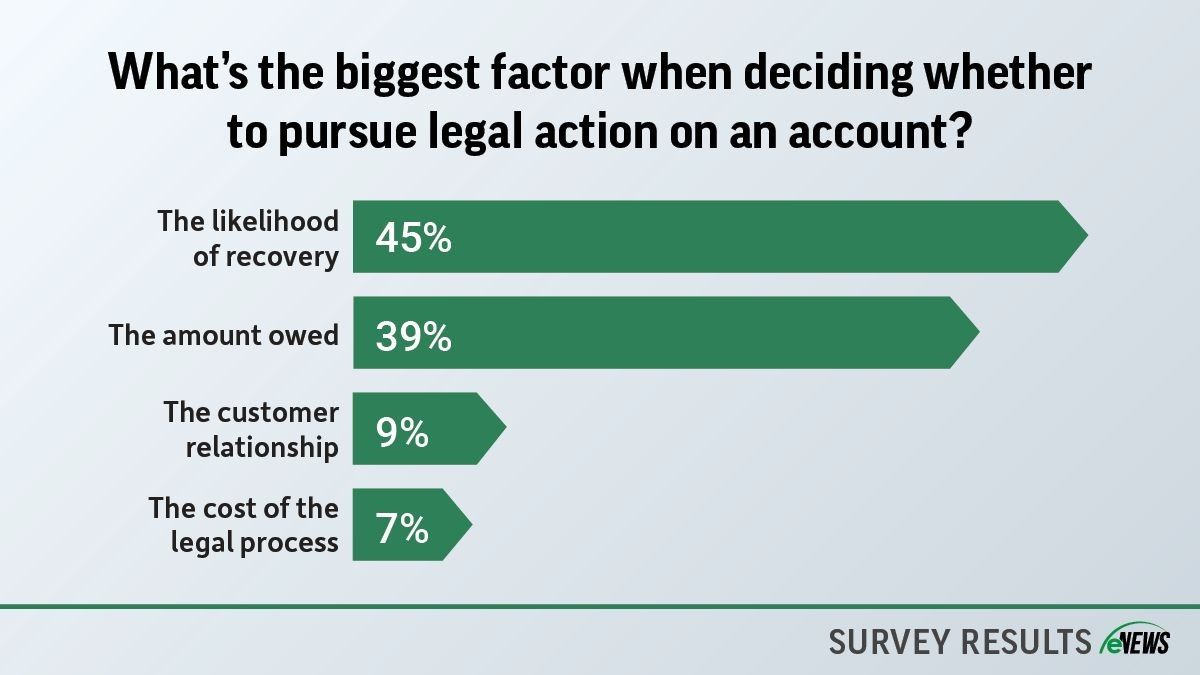eNews
When key staff leave: How SOPs keep the credit department running

Imagine you’re a senior credit analyst at a mid-sized company. On Monday, you’re reviewing aging reports and finalizing credit limits for a new customer. By Wednesday, news drops that your company is being acquired by a larger competitor.
Suddenly, you’re pulled into meetings, asked to provide customer payment histories, risk exposure summaries and explain how your credit approval process works, quickly and accurately.
Now imagine that your credit manager, who typically handles these strategic tasks, is out on unexpected medical leave. There are no updated operating procedures (SOPs), no documented workflows and no clear outline of what needs to be shared with the acquiring company. The result? Missed deadlines, duplicated efforts and confusion across departments.
Why it matters: When a key credit professional resigns, retires or leaves unexpectedly, they often take with them a wealth of industry knowledge and productivity—leaving behind a significant gap that can be difficult to fill. Having clear, up-to-date standard SOPs in place helps ensure a smooth transition and sets up the next person, and the department, for success.
What is an SOP?
An SOP is a written set of step-by-step instructions that outlines how to carry out a specific task or process within an organization. SOPs maintain consistency, efficiency and quality by standardizing how work is done, regardless of who is performing it.
One important aspect of developing an SOP is defining roles and responsibilities. For a credit professional, an SOP might cover tasks such as how to review a customer’s credit application, approve or deny credit limits or handle past-due accounts. “We developed training documents to facilitate cross-training across roles,” said Angela Dixon, CBF, CCRA, CICP, assistant credit manager at Cary Oil Co., Inc. (Cary, NC). “The approach does vary depending on the role and level of responsibility, especially when no prior documentation exists. In such cases, we start from scratch, mapping out processes and responsibilities.”
Another key feature of an SOP is providing clear, sequential instructions that credit professionals of any level can follow and reference in the future. For example, the first step in collecting a payment might be to contact the customer. Next, confirm whether the product was delivered or shipped. Then, make sure all necessary documents have been collected.
Having proper SOPs in place helps keep consistency across teams or locations, simplify training for new employees and reduce errors or misunderstandings. They also support compliance with regulations or company policies.
SOPs must also be proactive, considering potential challenges that may complicate written procedures. “As credit professionals, we are proactively creating training plans and procedural documentation with clearly defined accountabilities,” Dixon said. “When changes arise, they should be promptly incorporated into existing operating procedures to keep information current and relevant. This makes for smoother transitions and minimizes disruption to the day-to-day workflow of the department.”
Taking notes and documenting tasks, even the simplest ones, can help you build clearer SOPs. “This can help you build a training document, or it can be part of a new-hire packet,” said Kyle Cook, lead credit review and AR analyst at TD SYNNEX (Greenville, SC). “Even if team members are curious about a certain process, I think those documents would be pretty easy to share. I also find that the ROI is much higher for that versus having to sit down and do an in-person meeting or a video call and try to train that person on a procedure.”
Some credit tasks are more difficult to document than others. Thinking creatively and developing your own way to explain the process can make it easier to break down and share with others. “The most challenging tasks to document are those involving complex, transitional workflows that involve various departments and internal systems,” said Dixon. “To manage this, I approach each process with an open mind, avoiding assumptions. I strive to learn the full scope before drafting training documents or suggesting process improvements. Once the process is fully understood, we break it down into actionable steps for new hires.”
Even with a detailed SOP, training remains essential. Letting team members take on responsibilities gradually can improve both efficiency and understanding. It helps the credit team not only follow instructions but also understand their purpose. “Every other month, I pass a new division or responsibility to my successor,” said Mark Zavras, CICP, director of credit at Sub-Zero (Scottsdale, AZ). “I also hold regular Teams meetings to track progress, discuss issues and make certain everything is moving forward. For example, I recently introduced him to our builder business segment, which he wasn’t familiar with. We reviewed builder contracts together, page by page. I explained the legal language, what to redline and what clauses we won’t agree to.”
However,not all aspects of the credit management role can be captured in a step-by-step procedure or written document. Elements like company culture, industry knowledge and customer relationships often require hands-on experience. “I’ve noticed that as people move up into higher-level roles like supervisor, manager or VP, there’s more role overlap, transitions and more ‘hat wearing,’” Cook said. “This scope of work tends to be broader and less defined. For instance, you’re not going to find an SOP for handling a disgruntled employee. There might be general guidelines, but a lot of it comes down to judgment and experience.” Building SOPs will help streamline more definitive tasks, giving credit managers time to focus on training and helping credit professionals develop those skills and gain experience.
The bottom line: Whether you’re a senior or entry-level credit professional, taking on new roles and responsibilities can be overwhelming. However, with well-crafted SOPs, documentation and proper training, you can take on your role with competence and confidence, ensuring the department continues to thrive.





